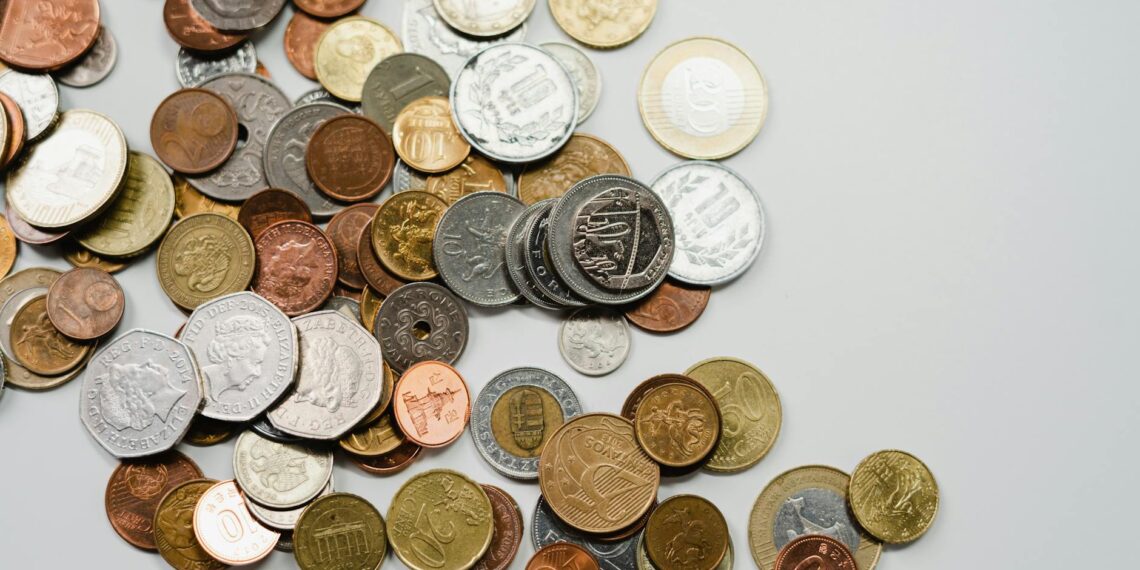The 1776-1976 United States Bicentennial coins (quarters, half dollars, and dollar coins) can be worth more than their face value, depending on several factors, including:
- Denomination: Bicentennial quarters, half dollars, and dollars can all be valuable, with some of the highest recorded sales for errors on quarters.
- Condition: Coins in excellent, uncirculated condition, especially those graded MS65 or higher, are generally more valuable than circulated coins.
- Mint Mark: The mint mark (D for Denver, S for San Francisco, or no mint mark for Philadelphia) can influence value, particularly for silver versions of the coin.
- Errors and Varieties: Minting errors, such as doubled dies, filled mint marks, off-center strikes, or planchet errors, can significantly increase the value of a Bicentennial coin.
Here’s a breakdown of potential values based on denomination and other factors:
- Standard (circulated): Typically worth face value, 25 cents.
- Uncirculated (MS-63): Approximately $2-$5.
- Uncirculated (MS-65): Approximately $10-$20.
- 40% Silver (S mint mark): Worth more than clad versions, with uncirculated examples ranging from $3 to $5 (based on silver content).
- Errors: Doubled die obverse (DDO) and other significant errors can command prices ranging from hundreds to thousands of dollars.
- Record Sale: A 1976-S Bicentennial Silver Quarter in a very high grade sold for $19,200 at auction.
- Clad (no mint mark/D mint mark): Circulated versions generally sell for $0.50 to $2.50. Uncirculated examples are worth more, with prices increasing with higher grades.
- 40% Silver (S mint mark): These coins contain 40% silver and are more valuable due to their metal content. Values can range from $4 to $10, or more for high-grade or proof examples.
- Errors: Errors can significantly increase the value. For instance, a 1776 to 1976 half dollar with a doubled die error on “INDEPENDENCE HALL” sold for $5,200.
- Record Sales: A silver proof in MS70 condition fetched over $3,000, while an off-center strike reached $2,800.
- Clad (circulated): Typically worth close to face value, $1.
- High-grade uncirculated: Can be worth significantly more, with record sales for some varieties reaching into the thousands.
- Silver versions: More valuable due to their silver content. For example, a 1776-1976 S SILVER Eisenhower dollar is worth between $12.50 and $13.75 in circulated condition, and can sell for as much as $7000 in uncirculated condition.
In general, most Bicentennial coins found in circulation are worth close to their face value. However, collectors are willing to pay a premium for coins in excellent condition, those with minting errors, or coins made with a higher silver content.
- Professional Appraisal: If you believe you have a valuable Bicentennial coin (especially one with errors or in high grade), it’s recommended to have it professionally graded and authenticated by a reputable service like PCGS or NGC.
- Market Fluctuation: Coin values are subject to market demand and can fluctuate over time.









How much is a 1776 to 1976 bicentennial dollar worth?
According to the NGC Price Guide, as of August 2025, a Eisenhower Dollar from 1776-1976 D in circulated condition is worth between $1.05 and $1.50. However, on the open market 1776-1976 D TYPE 2 Silver Dollars in pristine, uncirculated condition sell for as much as $7500.
How to tell type 1 and type 2 1776-1976 bicentennial dollars apart?
Good point! Type 1 – The reverse lettering, including the inscriptions UNITED STATES OF AMERICA and “ONE DOLLAR” have a blockier, sans-serif appearance. Type 2 – Reverse lettering is refined with serifs that much more closely resemble the lettering style ordinarily seen on the obverse of the Eisenhower Dollar.
Is a 1976 bicentennial coin worth anything?
A great money for the clad quarter. But recently one coin was graded by PCGS at MS68. This quarter was never sold. So the estimated value of this coin is $4,500.